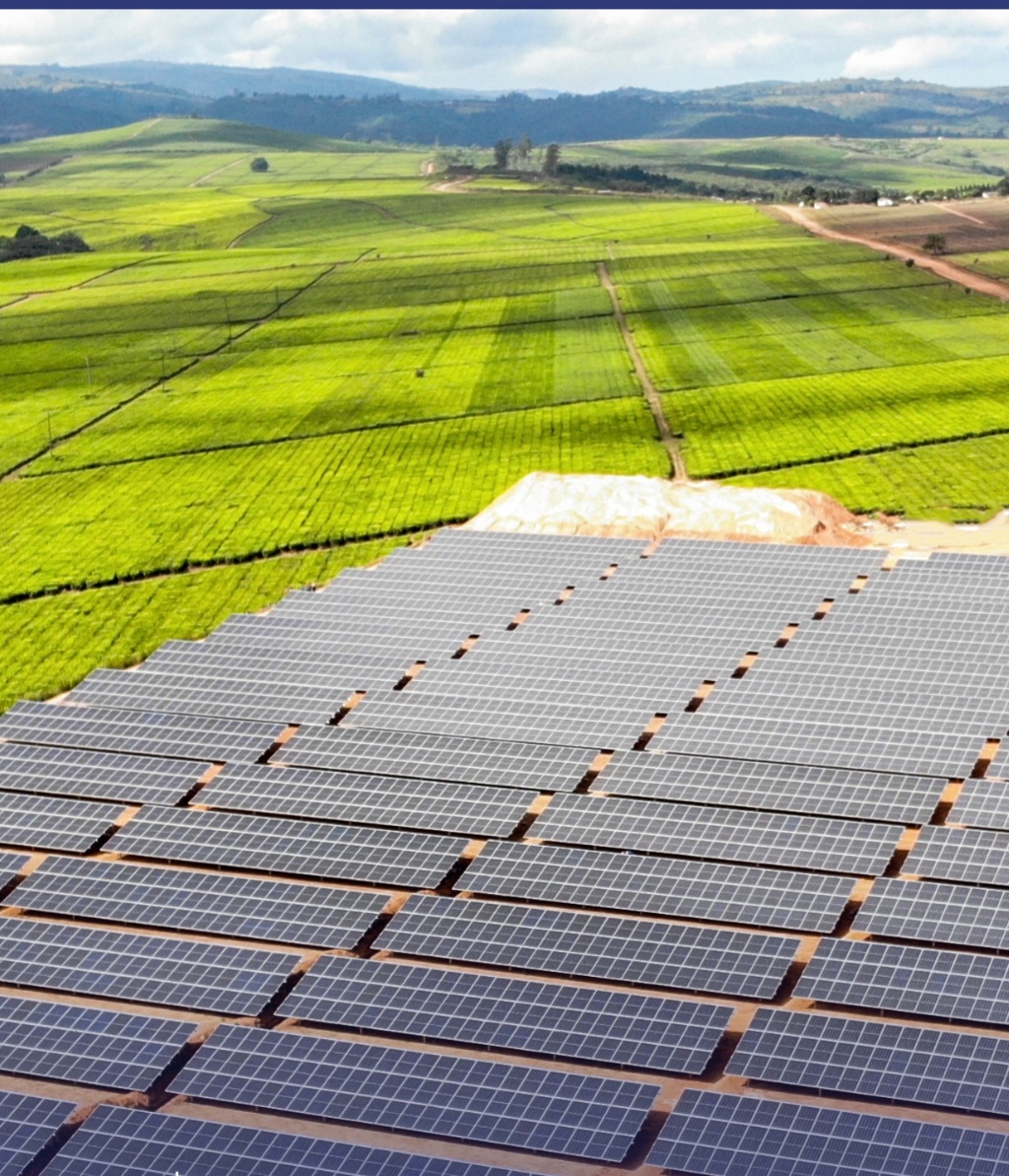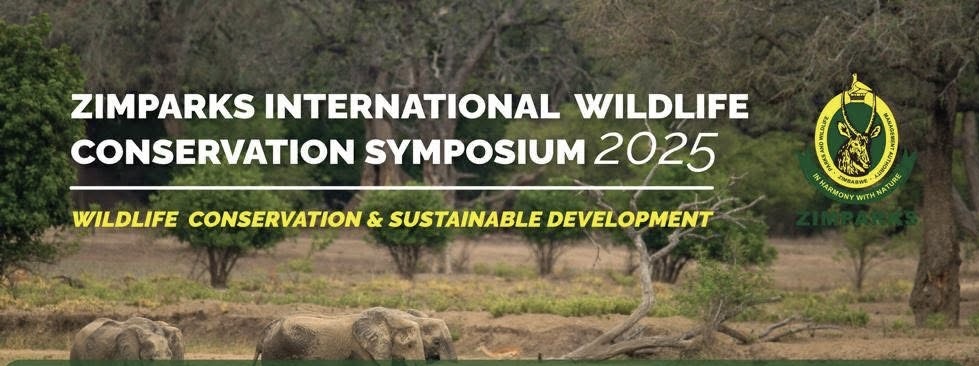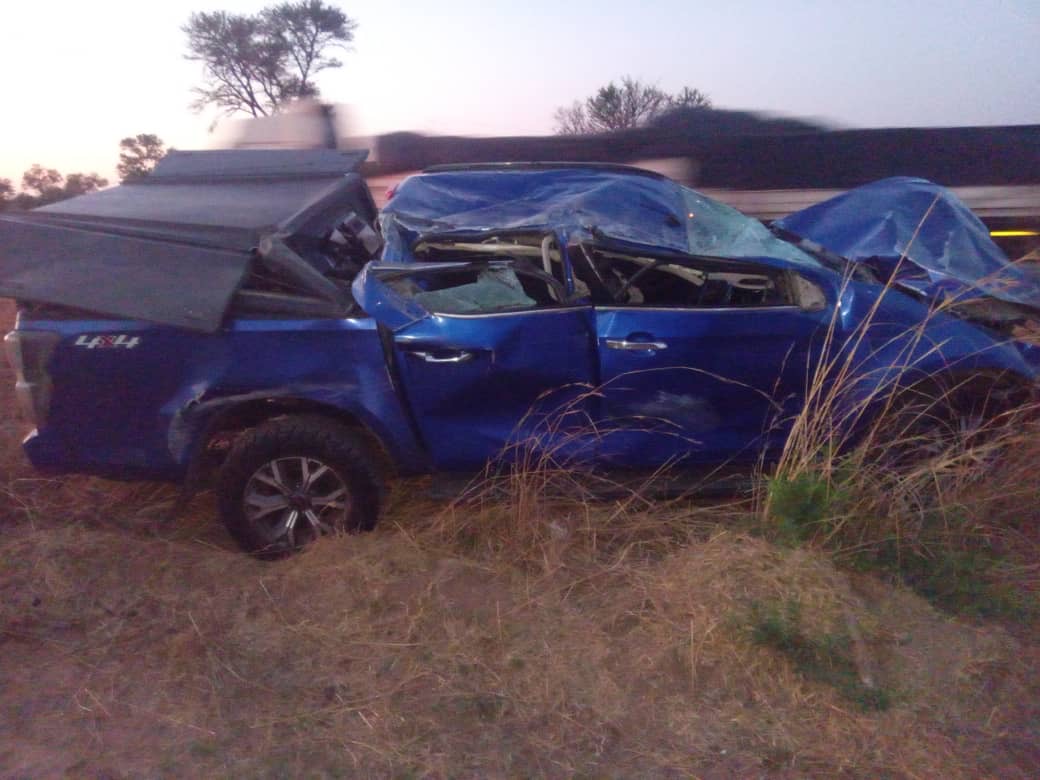BY OWN CORRESPONDENT
The Strive Masiyiwa-ownedDistributed Power Africa (DPA), a subsidiary of Cassava Technologies, and a French multinational power utility firm Électricité de France (EDF), have clinched a deal to construct a four megawatt (MW) solar plant in Kenya.
The two companies, which co-own DPA Kenya, on Thursday signed an agreement with the Devki Group to provide renewable energy solutions for a factory based at Nairobi. Under the agreement, DPA Kenya will deploy a 4MWp rooftop solar plant at the Ruiru Devki steel manufacturing site.
The Devki Group is one of the largest manufacturers of steel, roofing sheets and cement in Kenya.
With several factories spread across the country, the Group’s decision to switch to renewable energy will reduce their operating costs and their carbon footprint.
Norman Moyo, the chief executive officer of DPA, said the solar rooftop project – a first-of-its-kind in Kenya – will generate 6.16 GWh of power per annum for Devki’s operations.
“DPA Kenya has great success after only one and half years of activity and has become a major player with a wide range of industries and services sites in operation.
“Our objective is to meet our clients’ needs with a tailor-made service and state-of-the-art offers.
“It is an inspiring example of our ambitions in eastern and southern Africa for our commercial and industrial clients,” Moyo said at the signing ceremony that took place at Devki Riuru premises this week.
“DPA Kenya will execute the 4MWp project in Ruiru through a 20-year lease agreement with The Devki Group.
“The company will finance, design, deploy, operate and maintain the solar plant which is the first of other solar projects under study for The Devki Group,” he said.
Moyo noted that DPA Kenya has been engaging commercial and industrial businesses in Kenya to adopt hybrid solar energy and lithium battery technology for energy resilience, increased business efficiency and improved carbon footprints.
Speaking at the same occasion, Narendra Raval, executive chairman of the Devki Group of Companies, said high electricity costs were driving manufacturers into losses and reneweable energy is the only long term solution.
“We are looking forward to making our operations sustainable to allow for greater efficiency, business continuity during power outages and cost savings,” he said.
Raval added that the Devki Group plans to install solar power amounting to 20MW on some of the company’s factories.
“We want to set an example on the continent that we can do it using renewable energy,” he said.
Valérie Levkov, senior vice president for Africa and Middle East at EDF, said her company was pleased to be deeply involved in the biggest solar rooftop project in Kenya, applying the highest health social and safety standards.
“This partnership represents an opportunity for EDF and DPA to deliver low-carbon energy solutions suitable for Devki needs, using Kenyan companies as sub-contractors,” she added.

 Slider3 years ago
Slider3 years ago
 National4 years ago
National4 years ago
 Tourism and Environment4 years ago
Tourism and Environment4 years ago
 Opinion4 years ago
Opinion4 years ago
 Special reports4 years ago
Special reports4 years ago
 National4 years ago
National4 years ago
 National3 years ago
National3 years ago
 National3 years ago
National3 years ago




